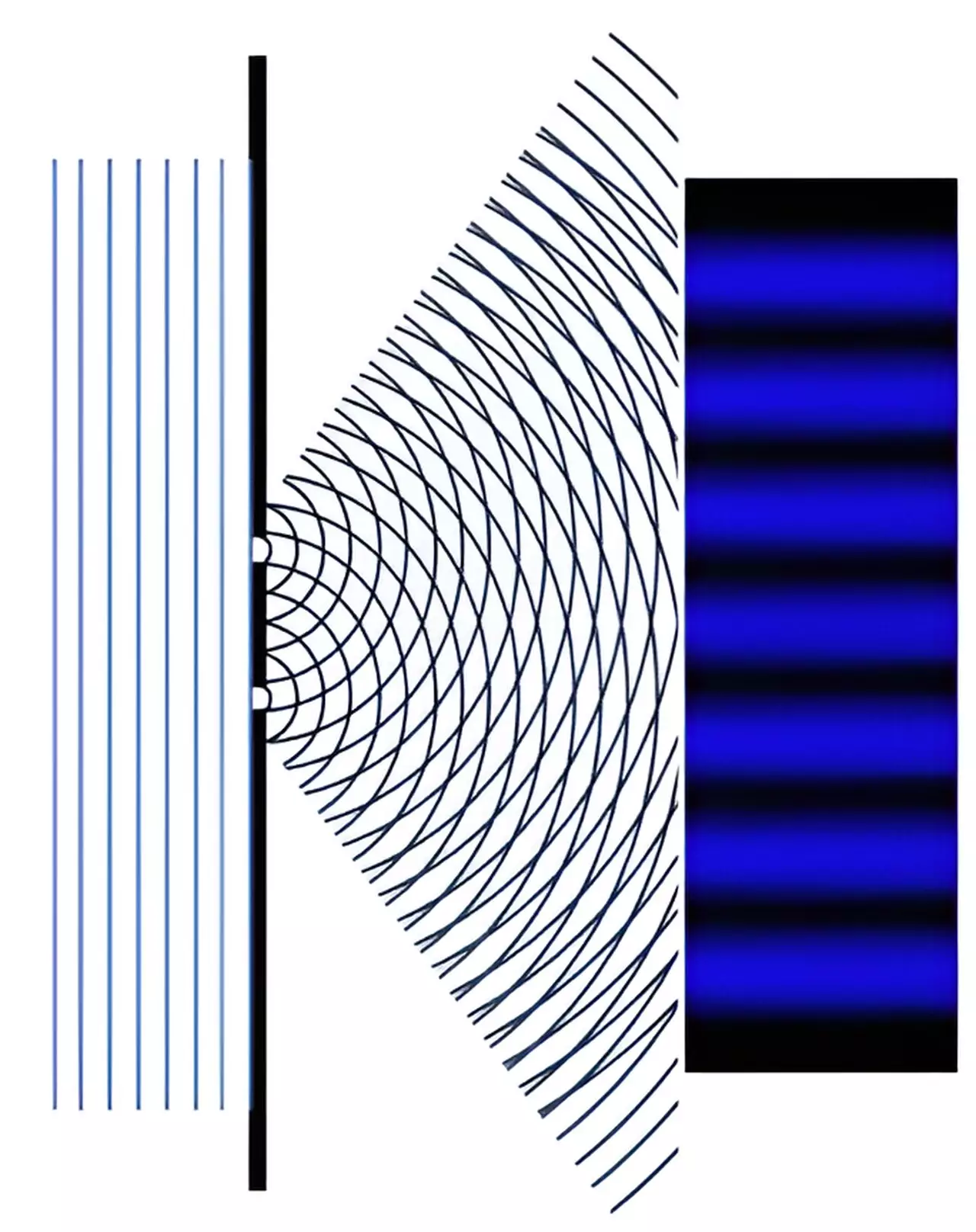As the fields of quantum mechanics and technology advance, the dream of building a topological quantum computer is inching closer to reality. Such a machine possesses the potential to be the most robust and powerful computing system imaginable. Yet, the conception of these computers currently remains theoretical due to the requirement of a specific type of qubit—one which researchers have yet to fully realize and manipulate. Unlike classical computing systems, where the fundamental unit is based on bits, quantum computing emerges from qubits, which can exist in multiple states simultaneously. However, the quest for topological qubits could revolutionize the framework of quantum computation.
Recent breakthroughs in theoretical physics have unveiled an unexpected phenomenon: surprisingly, quantum mechanics allows for the existence of objects that behave as if they are “split electrons.” This concept flies in the face of conventional physics where electrons are considered indivisible particles. The potential of these “split electrons” to act as topological qubits is thrilling; they could serve as crucial catalysts for unlocking the profound capabilities of quantum computation. The research contributing to this fascinating line of inquiry was spearheaded by academics like Professor Andrew Mitchell and Dr. Sudeshna Sen, bridging the worlds of nano-scale electronic circuits and quantum physics.
One of the linchpins in this groundbreaking research lies in the challenges presented by today’s nanoelectronics. John von Neumann’s classical theories on computation are increasingly found to be inadequate in a world where circuit components shrink to nanometer scales. Dr. Sen articulates the implications of this miniaturization succinctly, noting that traditional intuitions about electricity need to be modified or abandoned altogether. At such small dimensions, the behavior of electrons is dictated not by classical physics, but by quantum mechanics—a paradigm shift that raises complex and often counterintuitive questions.
Professor Mitchell describes a situation where electrons traversing narrowed pathways in a nanoelectronic circuit can demonstrate a curious behavior: as multiple electrons are pushed together, their interactions may yield quantum interference. This interference can create states where the electrons behave as if they have been divided, an occurrence that mirrors the phenomenon seen in various quantum devices.
The Search for Majorana Fermions
Central to this discussion is the theoretical construct of the Majorana fermion, a particle theorized in 1937 but never experimentally isolated until now. Majorana fermions stand at the forefront of discussions about topological quantum computers, as they are posited to possess properties that would make quantum states more stable and less prone to error. If researchers can successfully generate and manipulate these entities within nanoelectronic devices, it would mark a monumental step toward practical applications of quantum computing.
As detailed by Professor Mitchell, the design of specific circuits allows electrons to choose between two distinct paths, thus invoking the principles of quantum interference. This idea echoes the famous double-slit experiment, which illustrated the wave-like behaviors of quantum particles and laid the groundwork for modern quantum theoretical framework. Just as electrons can interfere with themselves in that experiment, they exhibit strikingly similar behaviors in nanoelectronic circuits.
Understanding the dynamics of electron interaction and quantum interference opens multiple avenues of exploration in the domain of quantum technologies. If the newfound ability to generate split-electron behavior can be harnessed and controlled, it might lead to the construction of topological qubits that integrate naturally with existing electronic systems while offering resilience against decoherence, a common problem that hinders the practicality of quantum computers.
The race to harness the quantum realm’s full potential is complex and labyrinthine, laden with challenges that include theoretical models, practical implementations, and advanced material science. However, with researchers like Mitchell and Sen tirelessly working on refining our understanding of quantum properties at the nanoscale, we inch closer to translating these theories into tangible breakthroughs.
The pursuit of topological quantum computers embodies the intersection of theory and practical application. As investigations continue, the dream of realizing a highly stable, powerful quantum computer looms on the horizon—an eventuality that could redefine computational capabilities as we know them. The journey may be mired in challenges, but the rewards promise to augment our capabilities in ways we can scarcely imagine.


Leave a Reply